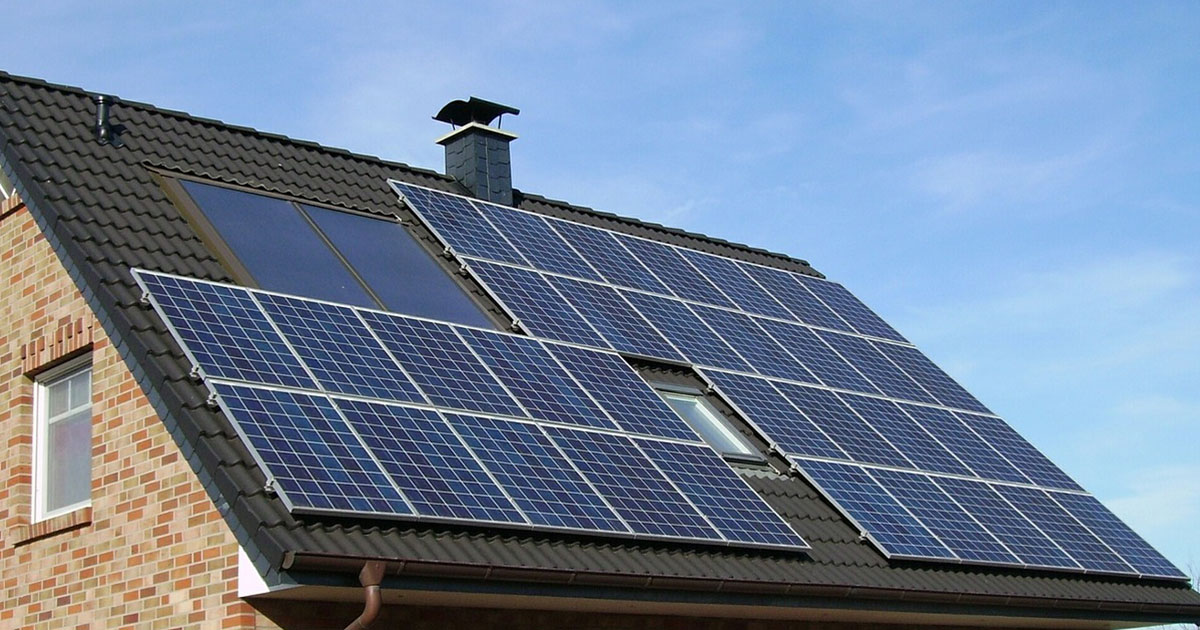California to Require Solar Roofing on all New Residences
June 20, 2018

Ready or not, here solar comes.
Starting January 1, 2020, all new single-family and multifamily homes in California will require solar roofing that produces as much energy as the home consumes.
The only exception is for homes where permanent natural or manmade barriers block the sun. Even homes in Northern California and homes taller than three floors will need solar roofs. However, these roofs won’t have to offset as much household energy.
The only other way to limit the size of the solar installation is by installing an eight-kWh battery or better. Even then, you can only install 25 percent less solar capacity.
Bottom line: solar is coming to California. And it’s going to impact almost every home or multifamily project you build.
What California’s solar mandate means for builders
Installing solar on new homes isn’t cheap. Granted, it’s marginally cheaper to do so on a new home than a remodel, but builders can expect to tack on an additional $8,000 to $12,000 in costs per home.
These prices will inevitably be passed along to the buyer. Although the additional expenses will price out some entry-level buyers, the demand for homes in California is so high that it won’t sink the market.
Fortunately, a solar roof adds value in terms of electricity generation. Part of your pitch to homeowners going forward needs to be that the roof will pay for itself over the next 15-25 years.
As for purchasing, start thinking of solar as an appliance. Builders who buy at bulk will save the most, which clearly benefits larger builders.
Short-term and long-term costs
In the long term, the price of a solar roof will become cheaper as the technology, installation, and manufacturing matures.
But be warned. In that first year, there’s a good chance that demand will outpace supply. Currently, 15 percent of new homes built in California have solar installed. When this percentage jumps to 100, don’t be surprised if material costs jump dramatically as well. It’s also likely there won’t be enough solar installers to meet demand, which could cause delays and up labor costs.
If you haven’t done so already, now is the time to get acquainted with building homes with solar installations. At the very least, start building relationships with solar installers and suppliers.
Solar tiles and batteries
There are two related trends builders need to be aware of going forward: solar tiles and batteries.
Solar tiles are so relatively new that it’s hard to say how widespread they’ll be by 2020. But because solar tiles look better than their solar panel counterparts, this is the direction residential construction will inevitably head. Right now, Tesla looks to lead the space, but more entrants will emerge.
Builders also need to be familiar with energy storage systems, as this is the natural product complement to solar. Batteries add value to solar homes by allowing houses to use solar energy at night and when it’s cloudy. Expect the quality of batteries to dramatically improve as car manufacturers develop the technology.
Beyond California
California is the first state to make solar mandatory, but don’t expect it to be the last. If California successfully navigates this transition, more states will follow.
In general, California’s mandate will make solar more mainstream and cheaper by hastening innovation and creating economies of scale.
Going forward, builders everywhere will find homeowners increasingly demanding solar and energy storage solutions.
Now is the time to start preparing for it.



